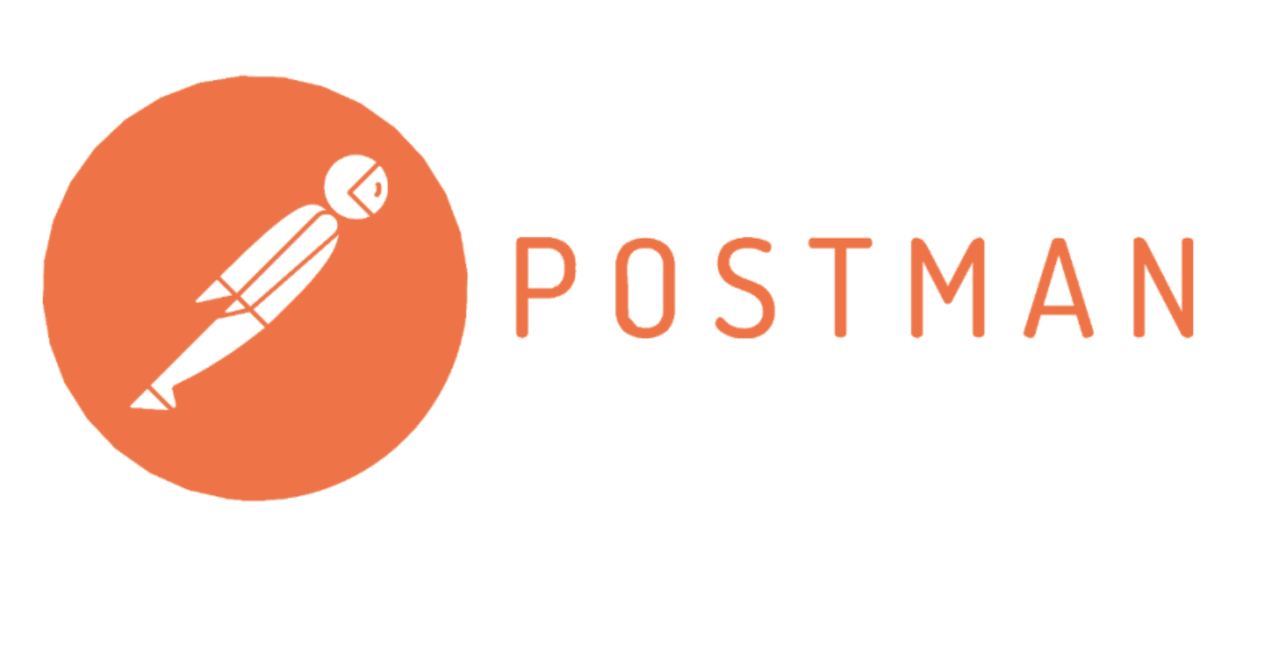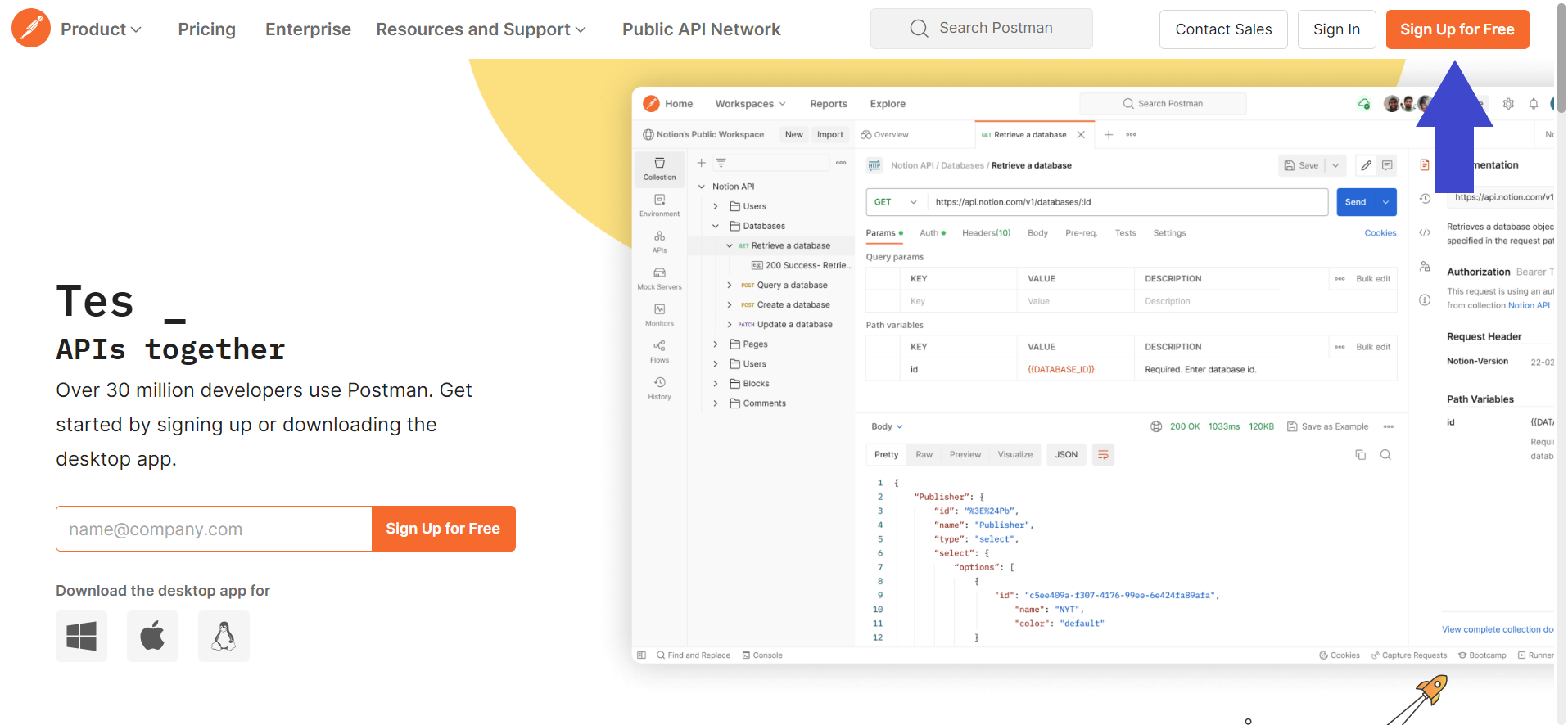Effective communication between APIs and client applications often relies on transmitting boolean data, representing true or false values. In the realm of API testing, tools like Postman empower developers to construct and transmit requests that accurately reflect real-world interactions. This guide delves into the specific methods for passing boolean values using Postman, ensuring that your API integrations function as intended.
If you wish to learn more about Apidog, make sure to click the button below (Apidog is free to use!).

What is Postman?

Postman, a popular API development platform, empowers developers to streamline their workflow. It offers a comprehensive suite of functionalities encompassing building, testing, and documenting APIs. This versatility has made Postman a go-to tool for developers tackling any API-related challenge.
What are Boolean Values in APIs?
In the context of APIs, boolean values represent logical states with only two possibilities: true or false. These values are fundamental for conveying conditions, flags, and results within data exchanges. They allow APIs to communicate the success or failure of operations, indicate the presence or absence of data, and control the execution flow of logic based on specific conditions.
Where are Boolean Values Found?
Request Parameters
- Filters: APIs often allow filtering data based on specific criteria. Boolean values can be used to specify whether to include or exclude certain elements, like
isActive=trueto only retrieve active users. - Flags: Some APIs use booleans as flags to enable/disable functionalities. For example,
debugMode=truemight activate detailed logging for troubleshooting. - Toggles: Certain API endpoints might have optional boolean parameters that act as toggles for specific behaviors. Imagine
showHiddenFiles=trueto include hidden files in a file listing response.
Response Data
- Status Indicators: APIs commonly use booleans to indicate the success or failure of an operation. A response might have a field like
success=trueorerror=false. - Existence Checks: APIs can return boolean values to confirm the presence or absence of data. An API might return
hasData=trueif there are results for a specific query. - Feature Availability: APIs might use booleans to indicate if a specific feature is enabled for a particular user or plan. A response could include
hasAdvancedFeatures=true.
Error Codes
- Detailed Error Messages: Some APIs use boolean flags within error codes to provide more context for error situations. For example,
isAuthenticationError=truecould be part of an error code to pinpoint an authentication issue.
Step-by-step Guide to Passing Boolean Values in Postman
Step 1 - Create a Postman Account
Create a new Postman account (only if you do not have one) and start downloading the Postman application onto your device. The application offers more features than its web version.

Step 2 - Create a New API Request on Postman

Once you have installed Postman, create a new request by clicking the New button in the top left corner of the Postman window. Select HTTP Request to create a new request, as shown in the image above.
Step 3 - Enter API Method and Details
Next, you need to include the details of the API request you wish to create. It must include components such as the URL, HTTP methods, and additional parameters the API will require.
Step 4 - Open the Pre-Request Script Section

On your completed API, search for the Pre-request script section, as shown in the image above.
Step 5 - Insert Necessary Code For Including Boolean Values
In this empty section under the Pre-request Script tab, insert the following lines of code so that you can include a boolean value.
var bool = [true, false];
pm.globals.set('boolVal', bool[Math.floor(Math.random()*bool.length)]);
"BoolVal": {{boolVal}},Step 6 - Include it in the API Request's Parameter You Wish to Send

Make sure to include the boolean value in the parameter section, as shown in the image above.
Apidog - Create APIs without Limits or Restrictions
Apidog is a comprehensive API development platform like Postman. However, Apidog provides full functionalities for the entire API lifecycle - developers no longer need to download additional API tools.


Create APIs from Scratch with Apidog
Apidog equips developers with all the necessary tools for creating APIs. All the user needs to prepare are the ideas on what the API should be.

To begin, press the New API button, as shown in the image above.

Next, you can select many of the API's characteristics. On this page, you can:
- Set the HTTP method (GET, POST, PUT, or DELETE)
- Set the API URL (or API endpoint) for client-server interaction
- Include one or multiple parameters to be passed in the API URL
- Provide a description of what functionality the API aims to provide.
Freely Choose Parameter Data Types with Apidog
With Apidog, you do not need to put additional code to enable boolean values. Apidog is capable of facilitating boolean values to be sent in an API request.

With Apidog, you can choose from virtually any data type that exists!
Conclusion
By understanding the different methods for passing boolean values in Postman (JSON and form-data), you can effectively construct requests that accurately reflect your desired API interactions. Remember to always consult the API documentation to verify the expected data format and boolean representation (true/false or 1/0) to ensure seamless communication.
With this knowledge, you'll be well-equipped to leverage Postman for efficient and reliable API testing, ensuring your integrations function as intended.
![[Guide] How to Pass Boolean Values Using Postman?](https://assets.apidog.com/blog/2024/04/postman-pass-boolean-values-cover.png)



